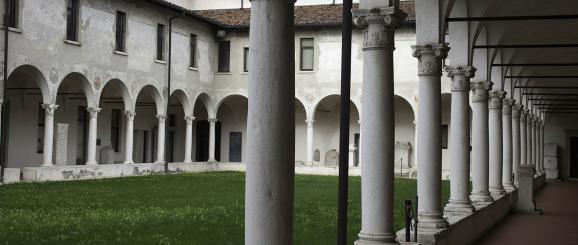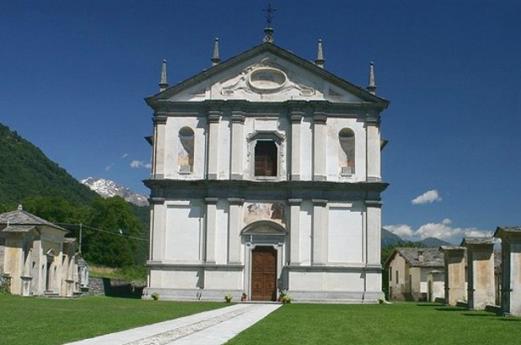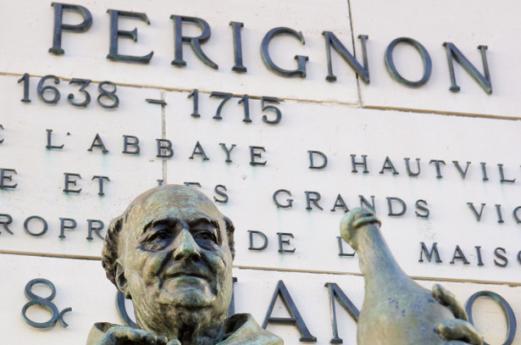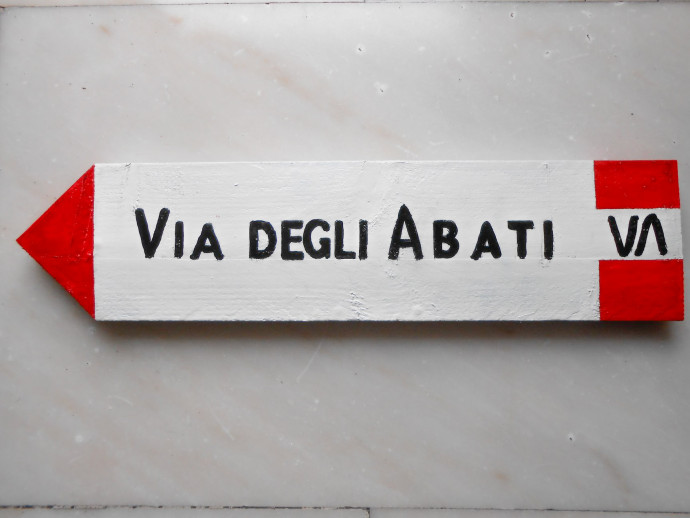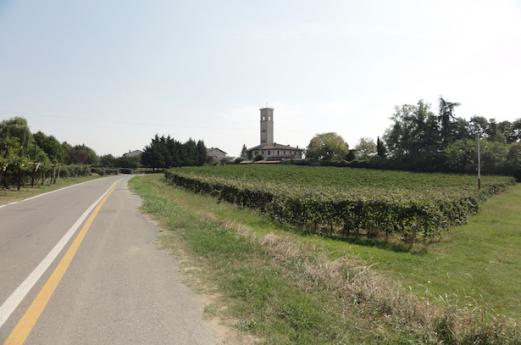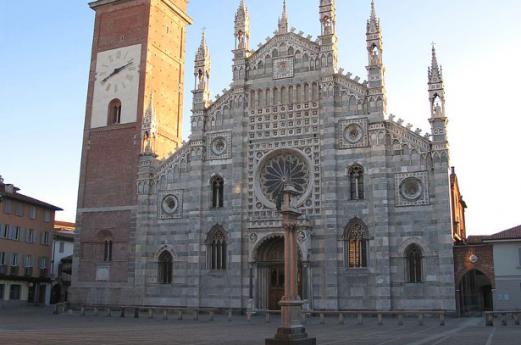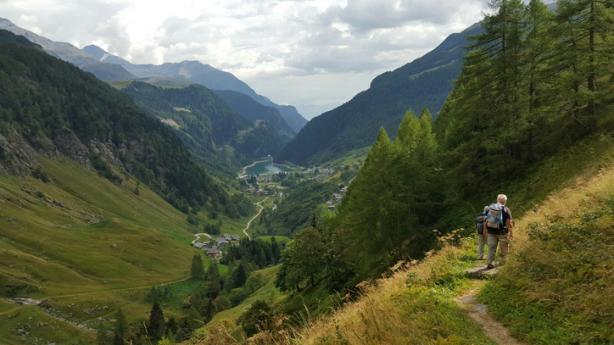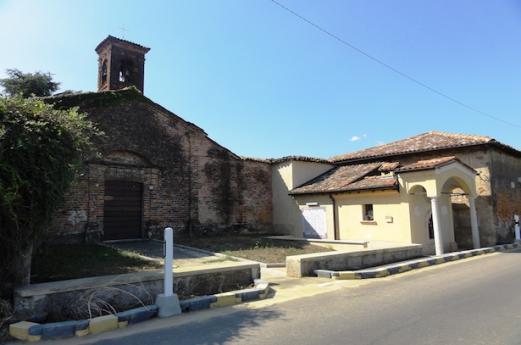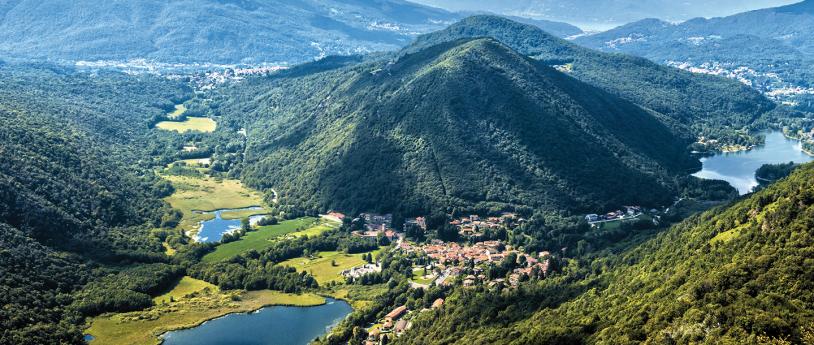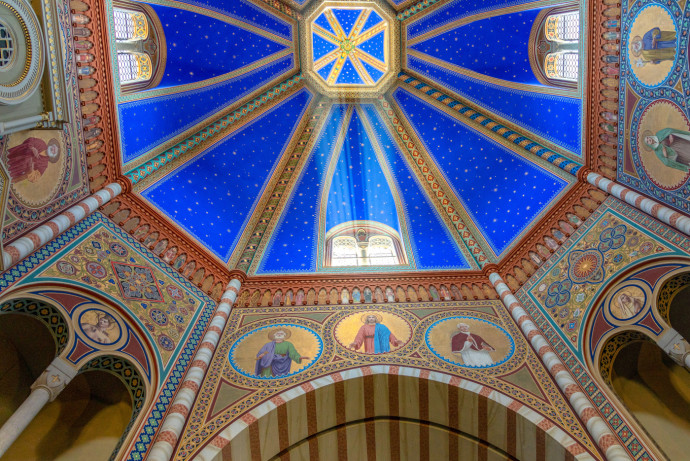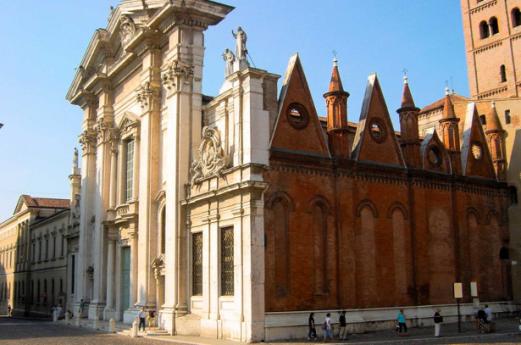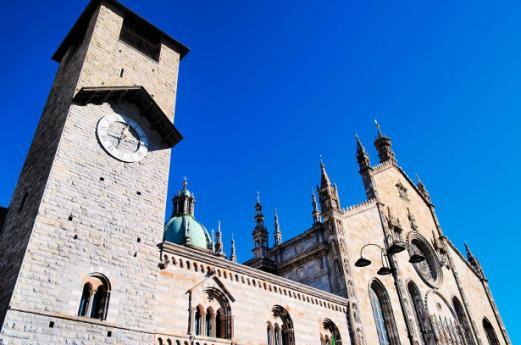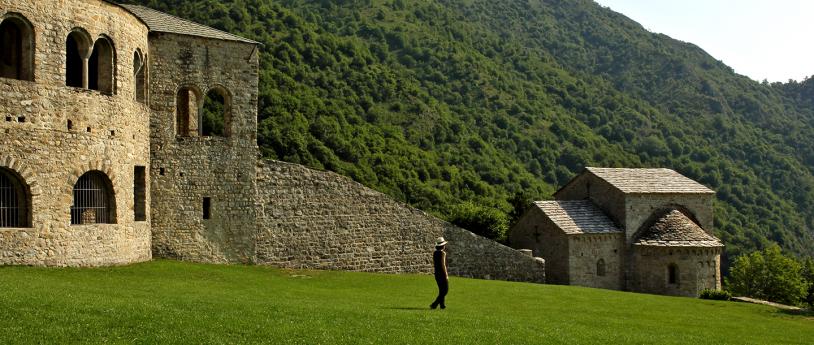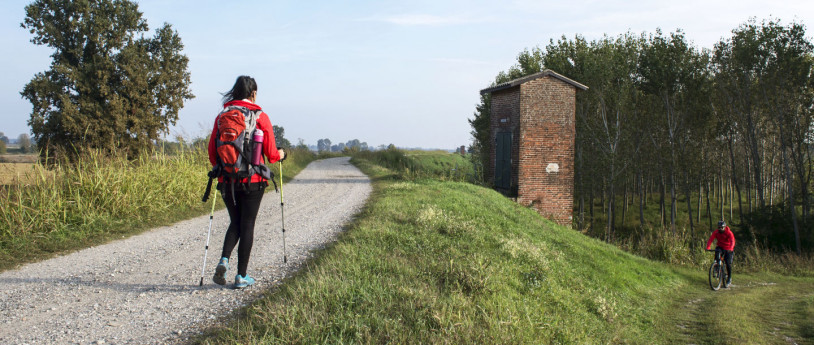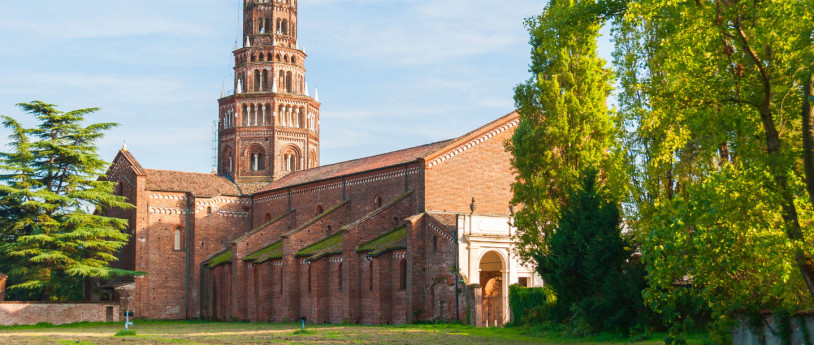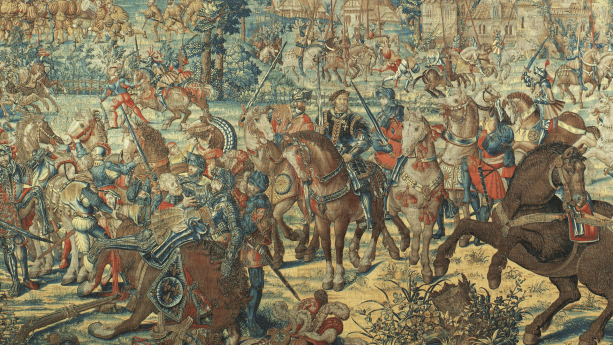- Religious Tourism
From Ca' de Mazzi to Corte Sant'Andrea
From Ca' de' Mazzi, the pedestrian and bicycle route continues along what is perhaps the most beautiful and suggestive stretch of the Monk’s trail:
first on the left bank of the Lambro, then on the embankment of the Po, in the midst of a landscape of water, poplar groves and green countryside, as far as Corte di San'Andrea.
On leaving the village, take the country road on the right, which continues in the open countryside for 1.7 km. After entering Pantigliate, continue on the mixed traffic road as far as Via Lambrinia and from there for just under 2 km, with slight ups and downs you go up to the embankment of the final stretch of the Lambro, until you meet the provincial road (SP) 234 in the municipality of Orio Litta.
After crossing the provincial road, you join the beautiful Po cycle route, which is also home to the Sigerico St Francis coming from Pavia. Immediately you cross the underpass of the Pavia-Codogno-Cremona railway line and continue on a country road for just under 5 km, having on the left the village of Orio Litta up to the gateway of the picturesque rural compound of Corte Sant'Andrea, in the municipality of Senna Lodigiana.
Protected from the Po by a high embankment, the village was once a fording point of the river, as described by the Archbishop of Canterbury Sigerico who, during the return journey from Rome, after being ordained by Pope John XV in 990, wrote about the 80 places where he stayed overnight. After entering by the gateway, you will come across a long strip of houses with shops overlooking the river, the Church of St. Andrew on the main square and several partly abandoned rural courtyards. The town has a hostel and is a destination for pilgrims in transit between Lombardy and Emilia Romagna.
In fact, here it is still possible, as in the past, to make the "transitum padi", that is the crossing of the river Po - also called "Guado di Sigerico" – from a landing stage, a private waterboat service, allows you to reach Soprarivo and Calendasco, on the Piacenza shore and thus join the Saint Francis Way.
STAGE 5 OF THE MONK’S TRAIL (CAMMINO DEI MONACI)
Technical Information
- Departure point: Ca' de Mazzi, near San Colombano al Lambro
- Arrival point: Corte Sant'Andrea
- Distance 8,8 KM
- Difficulty: easy
- Means of transport: on foot, by bicycle, by car
Route map
From Ca' de Mazzi, San Colombano al Lambro (MI) to Corte Sant'Andrea (LO) – 8,8 KM
